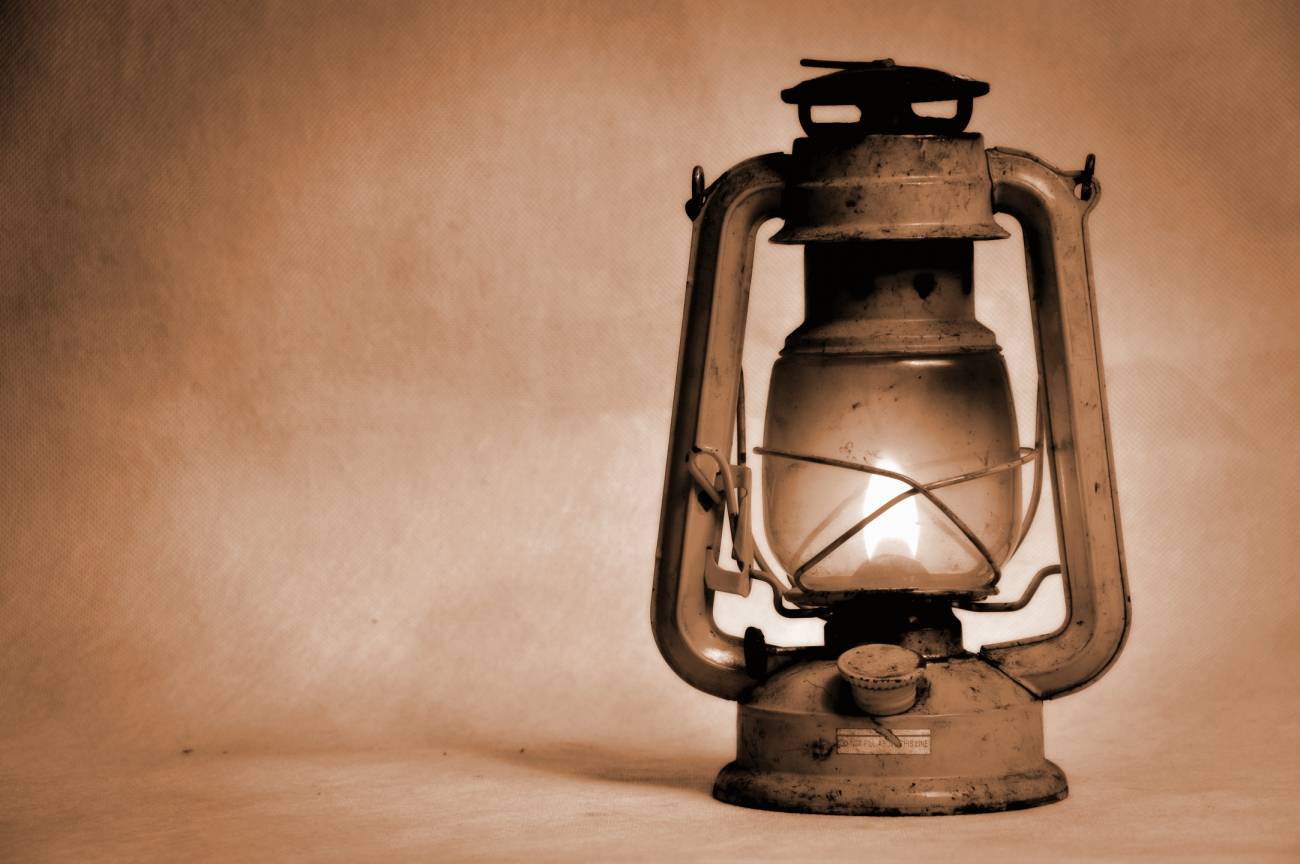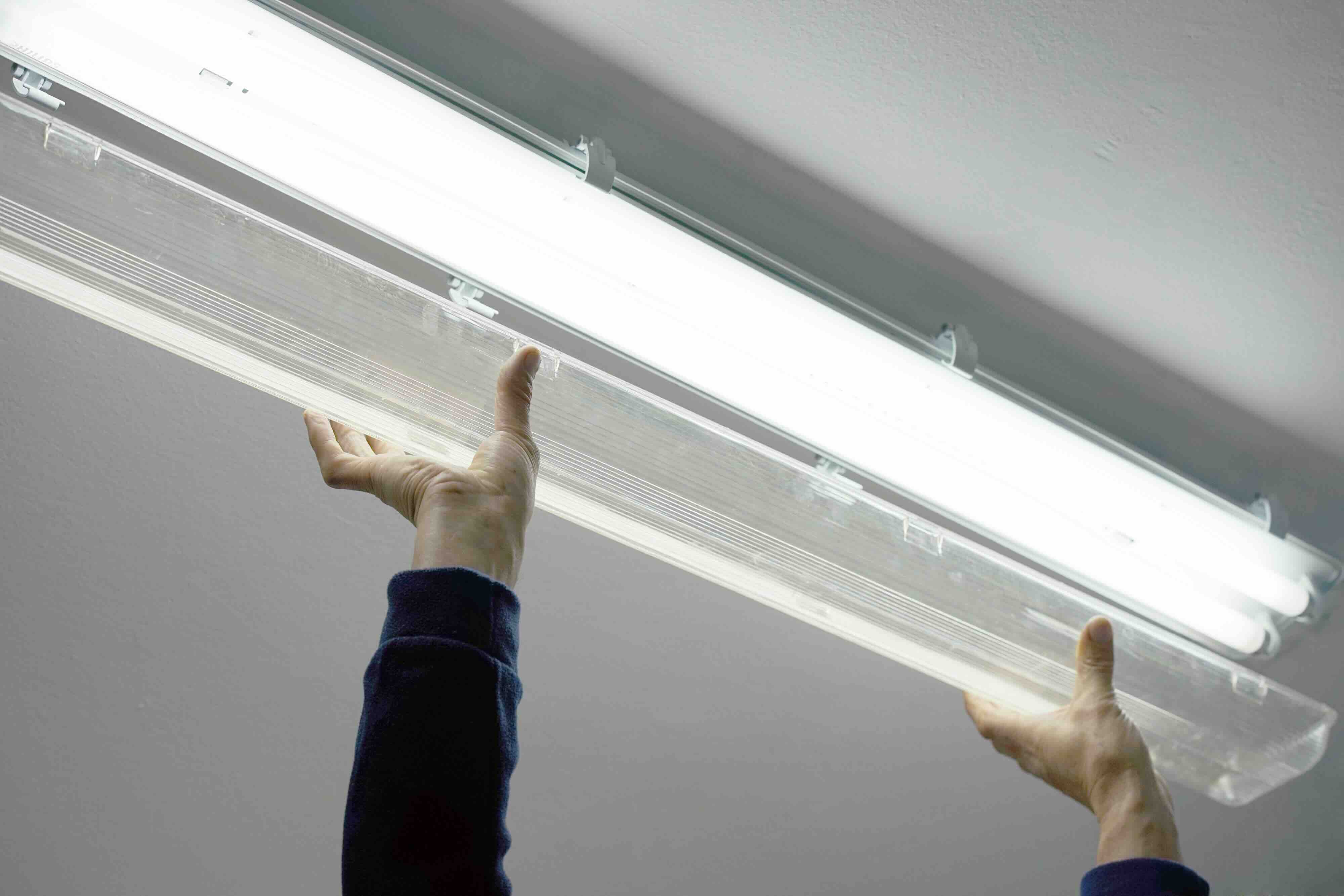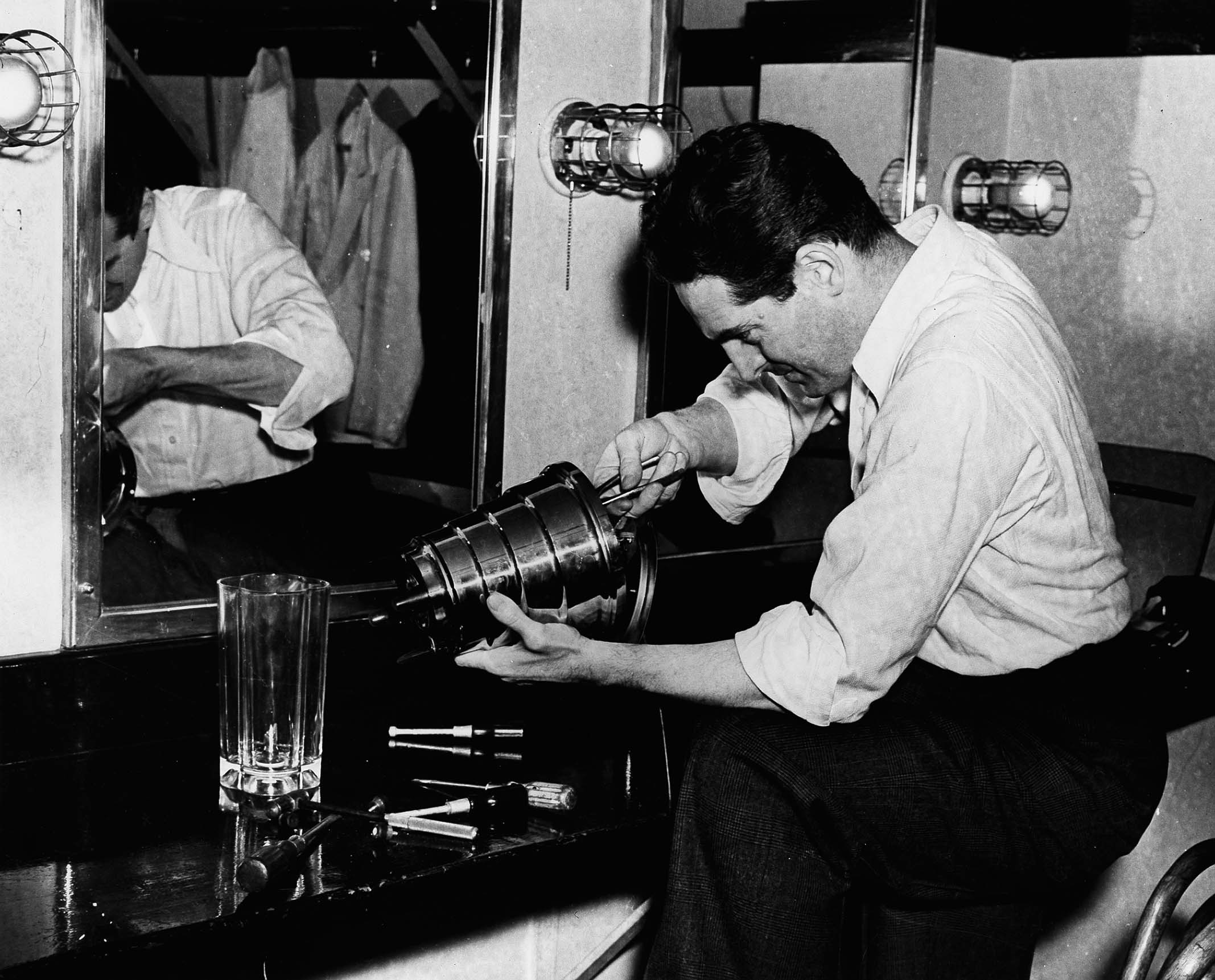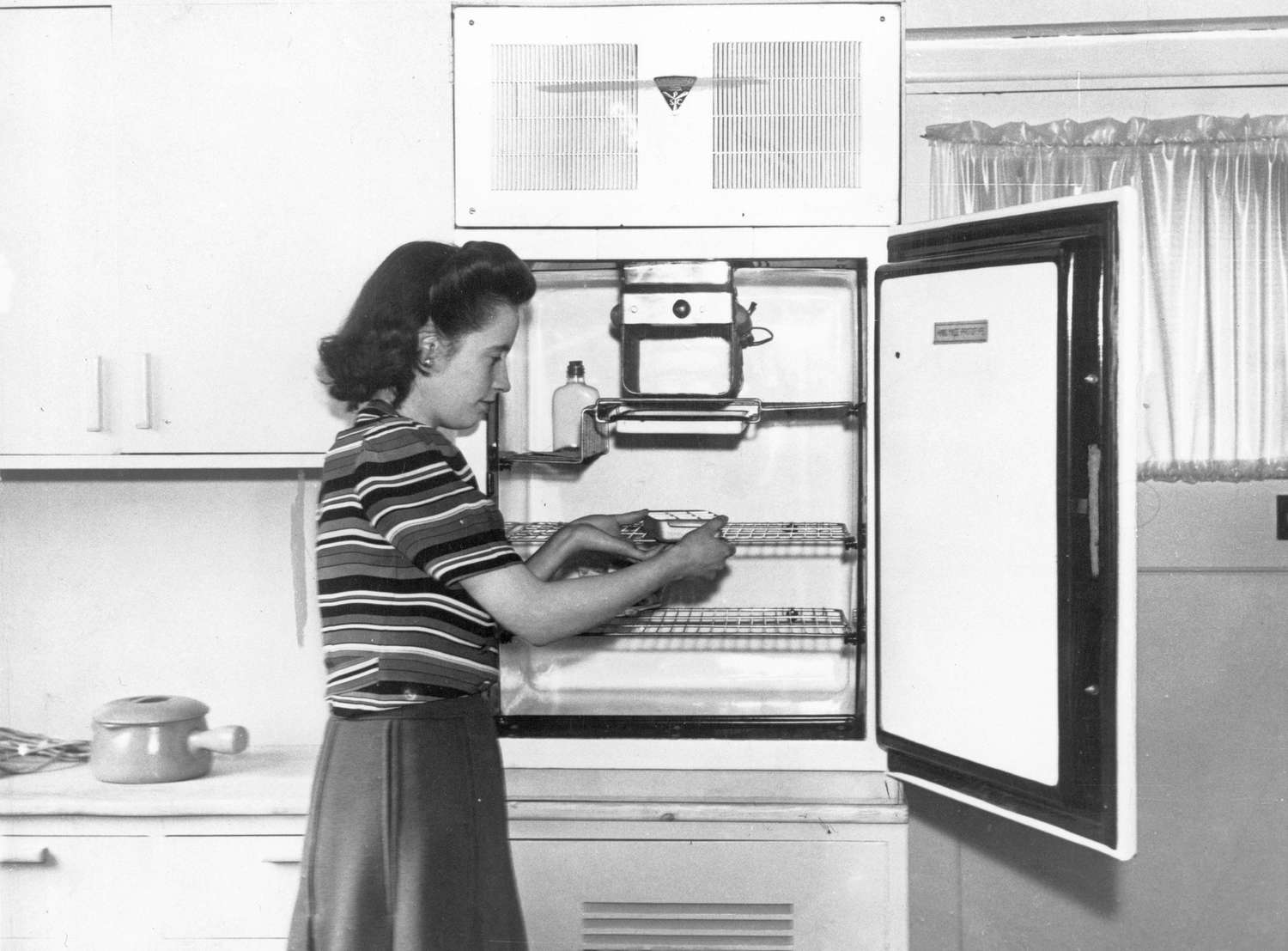

Furniture
When Was The Kerosene Lamp Invented
Modified: March 1, 2024
Discover the fascinating history of the kerosene lamp, a significant invention that revolutionized the way furniture and interiors were illuminated.
(Many of the links in this article redirect to a specific reviewed product. Your purchase of these products through affiliate links helps to generate commission for Storables.com, at no extra cost. Learn more)
Introduction
Welcome to the fascinating world of lighting history! In this article, we will delve into the invention, significance, and evolution of the kerosene lamp, a revolutionary lighting device that played a vital role in illuminating homes and shaping society for over a century.
Before the advent of artificial lighting, early humans relied on natural sources such as the sun, moon, and fire to illuminate their surroundings. However, as civilizations advanced, the need for reliable and efficient lighting became apparent. Various lighting methods were developed and utilized, ranging from simple oil lamps to candles and even early forms of gas lighting. Despite their usefulness, these lighting methods had limitations, such as weak illumination or safety hazards.
It was not until the mid-19th century that a significant breakthrough occurred with the invention of the kerosene lamp. This new lighting device would revolutionize the way people lived and transform the world of interior lighting.
The kerosene lamp, as the name suggests, fueled by kerosene oil, provided brighter, more reliable, and longer-lasting illumination compared to previous methods. The invention of the kerosene lamp marked a significant milestone in the history of lighting, catering to the growing demand for brighter illumination in homes, workplaces, and public spaces.
As we journey through the history of the kerosene lamp, we will explore its development, impact on society, and the subsequent evolution of its design. From its humble beginnings to its decline and eventual replacement, the story of the kerosene lamp provides valuable insights into the advancement of lighting technology and its impact on daily life.
Join us as we unravel the remarkable tale of the kerosene lamp, from its invention to its enduring legacy.
Key Takeaways:
- The invention of the kerosene lamp revolutionized lighting, extending productivity, enhancing quality of life, and fostering economic progress and social connectivity.
- While electric lighting replaced kerosene lamps, their evolution in design and impact on society leave a lasting legacy in the history of lighting.
Read more: How To Use A Kerosene Lamp
Early History of Lighting
The quest for artificial lighting dates back to ancient times when early humans discovered the power of fire. They harnessed this element for illumination, warmth, protection, and cooking. As civilizations developed, so did the methods of lighting.
One of the earliest documented forms of lighting was the oil lamp. These lamps were simple devices consisting of a vessel filled with oil, usually made from animal fat or plant-based oils, with a wick immersed in the oil. When the wick was lit, it provided a small but useful source of light.
Another widely used form of lighting was the candle. Constructed from tallow, beeswax, or other waxes, candles provided a steady flame when lit. Though candles were widely used during the Middle Ages, they had their drawbacks, including limited durability, softening in warm temperatures, and the need for constant trimming of the wick to prevent smoke and soot.
As societies became more sophisticated, new methods of lighting emerged. In ancient Rome, wealthy citizens used rush lights, which were dipped in oil or animal fat to provide a more extended source of light. Additionally, the concept of gas lighting was introduced in ancient China, where bamboo pipes carried flammable gas from natural seeps and ignited to create a continuous flame.
Throughout history, advancements in lighting were driven by the need for brighter and more efficient illumination. The introduction of whale oil lamps in the 18th century offered brighter light than previous oil lamps, as whale oil burned with a smokeless flame.
However, these lighting methods were still not ideal. They often produced a dim, flickering light, had a limited burn time, and posed safety risks. The search for a cleaner, brighter, and more sustainable lighting solution continued.
It was during this search that the kerosene lamp would make its entrance, changing the way people illuminated their homes and marking a pivotal moment in the history of artificial lighting.
Invention of Kerosene Lamp
The invention of the kerosene lamp can be attributed to the brilliant mind of Ignacy Łukasiewicz, a Polish pharmacist and inventor. In the mid-19th century, Łukasiewicz recognized the limitations of existing lighting methods and sought to develop a more efficient and reliable solution.
In 1853, while working in a pharmacy in Lviv, Łukasiewicz made a significant breakthrough. He discovered that a byproduct of crude oil distillation, known as kerosene, could be refined and utilized as a clean and efficient fuel source for lamps. This discovery laid the foundation for the invention of the kerosene lamp.
Łukasiewicz, together with his business partner Jan Zeh, set up the first kerosene lamp factory in 1853, producing lamps fueled by kerosene. These lamps consisted of a glass reservoir to hold the kerosene, a wick that drew the fuel up to a flame, and a chimney to guide the airflow and increase the brightness of the light.
Unlike previous lighting methods, the kerosene lamp provided a brighter and more consistent source of illumination. It burned cleanly, emitted less smoke and soot than other lamps, and had a longer burn time. These qualities made it a revolutionary invention in the field of lighting.
The kerosene lamp quickly gained popularity and spread throughout Europe and the United States, replacing other forms of lighting. Its versatility and efficiency made it ideal for both domestic and public settings.
Furthermore, the kerosene lamp played a vital role in numerous industries, such as mining and transportation. The reliable and portable light source helped improve safety conditions in mines and allowed for more efficient nighttime travel.
The invention of the kerosene lamp not only transformed lighting technology but also had profound social and economic implications. It brought light to previously dark spaces, enabling people to work, study, and socialize after sunset. It contributed to increased productivity, enhanced quality of life, and the advancement of various industries.
The kerosene lamp’s successful introduction paved the way for further advancements in lighting technology, propelling society into a new era of artificial illumination.
Importance and Impact of Kerosene Lamp
The invention of the kerosene lamp had a profound impact on society, revolutionizing the way people lived and illuminating a path towards progress. Its importance and influence can be seen in several key areas:
1. Extended Hours of Productivity: The kerosene lamp allowed for extended hours of productivity, enabling individuals to engage in activities after sunset. People could work, study, and pursue leisure activities well into the evening, leading to increased productivity and personal development.
2. Enhanced Quality of Life: The availability of reliable and efficient lighting significantly improved the quality of life for individuals and communities. It brought light to previously dark and isolated areas, making daily tasks easier and safer, and creating opportunities for social interactions and gatherings.
3. Educational Advancements: The kerosene lamp played a crucial role in education. Children and adults alike were able to study and read during evening hours, expanding access to knowledge and promoting literacy. The availability of light also led to the establishment of night schools and educational programs.
4. Economic Progress: The widespread use of kerosene lamps contributed to economic growth. They stimulated industries involved in kerosene production, lamp manufacturing, and distribution. Additionally, the increased availability of nighttime illumination facilitated economic activities such as night markets and extended business hours.
5. Social Connectivity: The kerosene lamp facilitated social connectivity by bringing people together after dark. Families gathered around the warm glow of the lamp to share stories, engage in conversations, and bond. Additionally, public places such as theaters, restaurants, and libraries benefitted from the extended hours of operation made possible by the kerosene lamp.
6. Urban Development: The kerosene lamp played a significant role in urban development. Well-lit streets and public spaces enhanced safety and security, fostering the growth of cities. The availability of nighttime illumination also led to the emergence of vibrant nightlife and cultural scenes, shaping the character and identity of urban areas.
The importance and impact of the kerosene lamp cannot be overstated. Its ability to provide bright, reliable, and accessible lighting transformed the way society functioned and opened up new avenues for progress. While technological advancements eventually surpassed the kerosene lamp, its legacy as a groundbreaking invention that brought light into the darkness will forever be remembered.
The kerosene lamp was invented in 1853 by Abraham Gesner, a Canadian geologist and physician. It provided a safer and more efficient alternative to previous lighting methods.
Evolution of Kerosene Lamp Designs
Over the years, the design of kerosene lamps underwent significant evolution, with inventors and manufacturers continually striving to improve their efficiency, safety, and aesthetic appeal. Here are some key developments in the design of kerosene lamps:
1. Early Models: The first kerosene lamps were relatively simple in design, consisting of a glass reservoir for the kerosene, a wick, and a chimney to direct the airflow. However, as demand grew, inventors incorporated various features to enhance the lamps’ functionality and performance.
2. Improved Burners: Early kerosene lamps featured flat-wick burners that allowed for the controlled consumption of fuel. Later designs introduced round-wick burners, which improved the lamp’s efficiency and brightness. The introduction of mantle burners further enhanced the quality and intensity of the light produced.
3. Safety Innovations: As kerosene lamps gained popularity, safety became a significant concern. Manufacturers introduced safety features such as extinguishing caps to prevent accidental fires, glass shields or globes to shield the flame, and mechanisms to regulate the fuel flow and prevent leaks.
4. Decorative Elements: As kerosene lamps became common household items, manufacturers began incorporating decorative elements into their designs. Lamps were adorned with intricate patterns, engraved glass, and decorative metalwork, transforming them into stylish decorative pieces in addition to functional lighting devices.
5. Portable and Hanging Lamps: To cater to diverse lighting needs, portable and hanging kerosene lamps were introduced. These designs allowed for flexibility in placement and usage, making them popular for outdoor activities, camping, and transportation purposes.
6. Dual-Purpose Lamps: Inventors recognized the value of multi-functionality and developed dual-purpose kerosene lamps. Some designs incorporated a cooking stove or a water heater alongside the lighting function, improving efficiency and practicality in households.
The evolution of kerosene lamp designs not only enhanced their functionality but also added to their aesthetic appeal. Lamp manufacturers explored various materials, shapes, and styles, resulting in a wide range of designs to suit different tastes and settings.
While the development of electric lighting eventually rendered kerosene lamps obsolete, their legacy lives on through antique collectors and enthusiasts. These beautiful relics from the past serve as a reminder of the ingenuity and craftsmanship of the inventors and artisans who contributed to the evolution of lighting technology.
Read more: Where Was The Gas Lamp Invented
Decline and Replacement of Kerosene Lamps
The decline of kerosene lamps can be attributed to the advent of electricity and the subsequent widespread adoption of electric lighting in the late 19th and early 20th centuries. The emergence of this new technology offered numerous advantages over kerosene lamps, leading to a swift replacement. Here are key factors that led to the decline of kerosene lamps:
1. Advent of Electric Lighting: The invention and rapid development of electric lighting, spearheaded by inventors like Thomas Edison and Nikola Tesla, brought about a revolution in the way spaces were illuminated. Electric lights offered brighter and more convenient illumination without the need for fuel or constant maintenance.
2. Safety Concerns: Kerosene lamps posed inherent safety risks, such as fire hazards and the release of potentially harmful fumes. Electric lighting, on the other hand, provided a safer and cleaner alternative with no open flames or combustible fuel.
3. Cost and Convenience: While kerosene lamps were initially affordable and widely used, the cost of fuel and ongoing maintenance became a burden for many households. Electric lighting, although initially more expensive to install, offered long-term cost savings and convenience, as it did not require refueling or frequent replacement of wicks and chimneys.
4. Technological Advancements: The development of electric lighting technology brought about remarkable advancements in both indoor and outdoor illumination. Electric lights were more versatile, allowing for various bulb shapes, sizes, and color temperatures to suit different preferences and applications.
5. Government Initiatives: In some regions, government initiatives further hastened the decline of kerosene lamps. Public campaigns promoted the benefits of electric lighting, and subsidies were provided to encourage households and businesses to transition from kerosene lamps to electric lights.
Although kerosene lamps experienced a significant decline, they continue to hold historical and nostalgic value. Some people still use them in rural areas without access to electricity or as decorative objects that evoke a sense of the past.
Furthermore, the decline of kerosene lamps exemplifies the constant evolution of technology and the way we illuminate our world. From kerosene lamps to incandescent bulbs, fluorescent lights, and now LED technology, the pursuit of efficient, sustainable, and visually pleasing lighting solutions remains a driving force in the lighting industry.
As we reflect on the decline and replacement of kerosene lamps, we appreciate not only the advancements in lighting technology but also the enduring legacy of these once essential and groundbreaking devices.
Conclusion
The invention, importance, and subsequent decline of kerosene lamps have left an indelible mark on the history of lighting. Ignacy Łukasiewicz’s ingenious discovery of utilizing kerosene as a fuel source transformed the way people illuminated their homes, workplaces, and public spaces.
Kerosene lamps brought light into the darkness, extending hours of productivity, enhancing the quality of life, and providing opportunities for education and social connectivity. They played a significant role in economic progress, urban development, and the advancement of various industries.
However, the advent of electric lighting rendered kerosene lamps obsolete. The brighter, safer, and more convenient alternative presented by electric lights led to the swift decline and replacement of kerosene lamps.
Nevertheless, the legacy of kerosene lamps lives on. Their evolution in design and functionality showcased the ingenuity and craftsmanship of inventors and manufacturers. Today, they serve as tangible reminders of our journey towards more efficient and sustainable lighting solutions.
As we look back at the history of lighting, it is a testament to our constant pursuit of progress and innovation. From the flickering flames of ancient oil lamps to the energy-efficient LED lights of today, technology has continually evolved to illuminate our world.
So next time you switch on a light, take a moment to appreciate the journey that lighting has taken throughout history. From the humble beginnings of the kerosene lamp to the boundless possibilities of modern lighting technology, the story of illumination is a fascinating and ever-evolving one.
In conclusion, the invention and impact of the kerosene lamp have shaped the way we perceive and interact with light. It is a reminder that even the simplest of inventions can have a profound influence on society and pave the way for progress and innovation.
As we continue to explore and develop new lighting technologies, let us not forget the humble origins of the kerosene lamp and the brilliant minds that brought light into our lives.
Frequently Asked Questions about When Was The Kerosene Lamp Invented
Was this page helpful?
At Storables.com, we guarantee accurate and reliable information. Our content, validated by Expert Board Contributors, is crafted following stringent Editorial Policies. We're committed to providing you with well-researched, expert-backed insights for all your informational needs.














